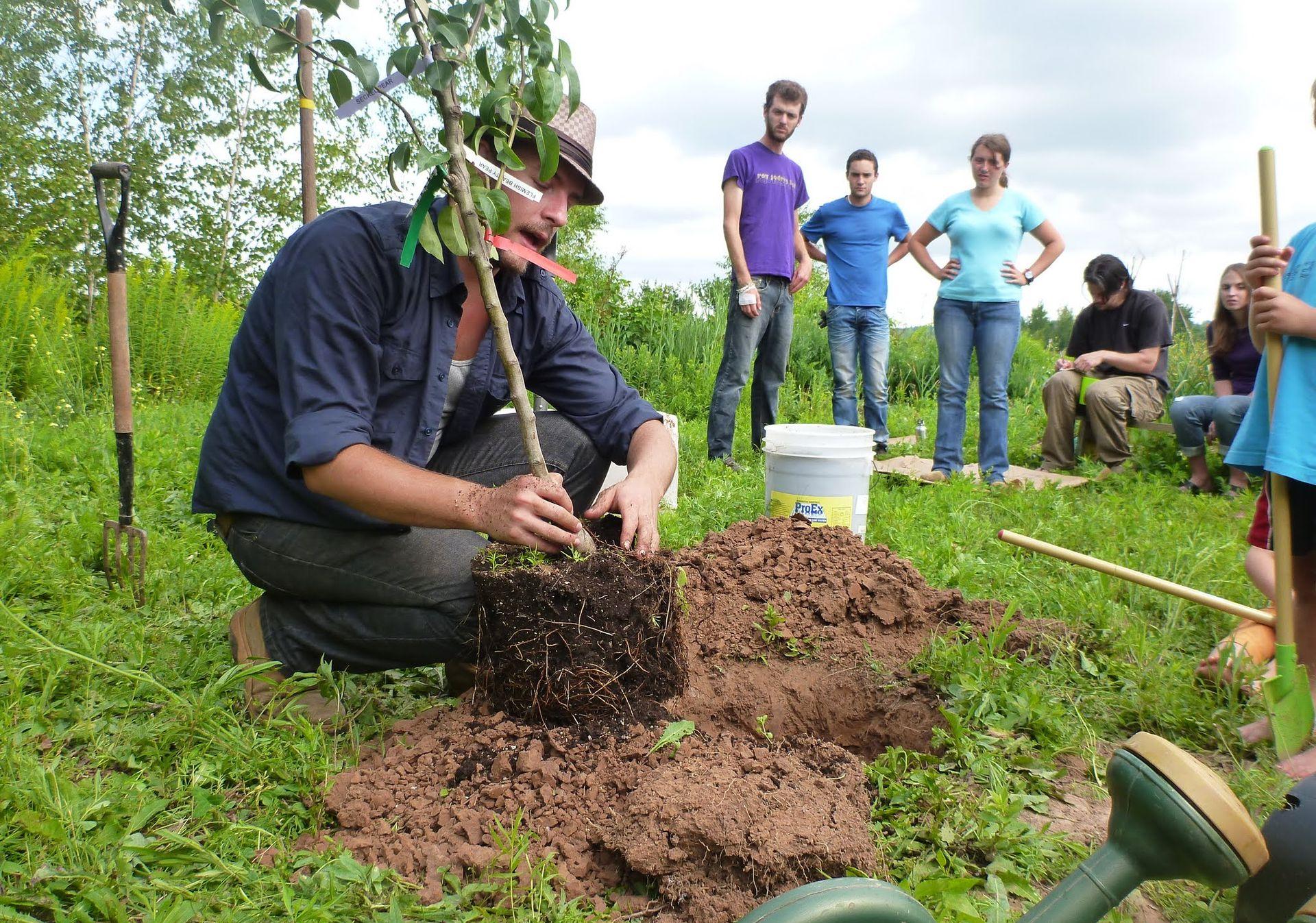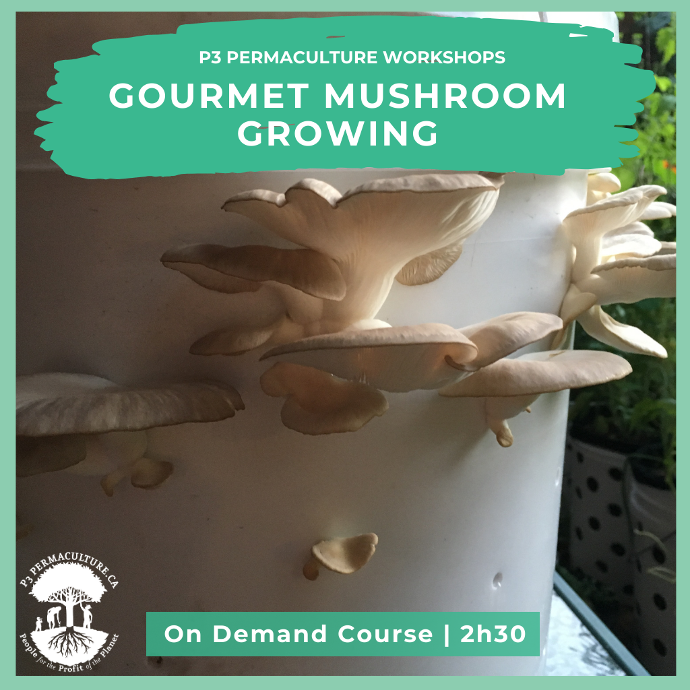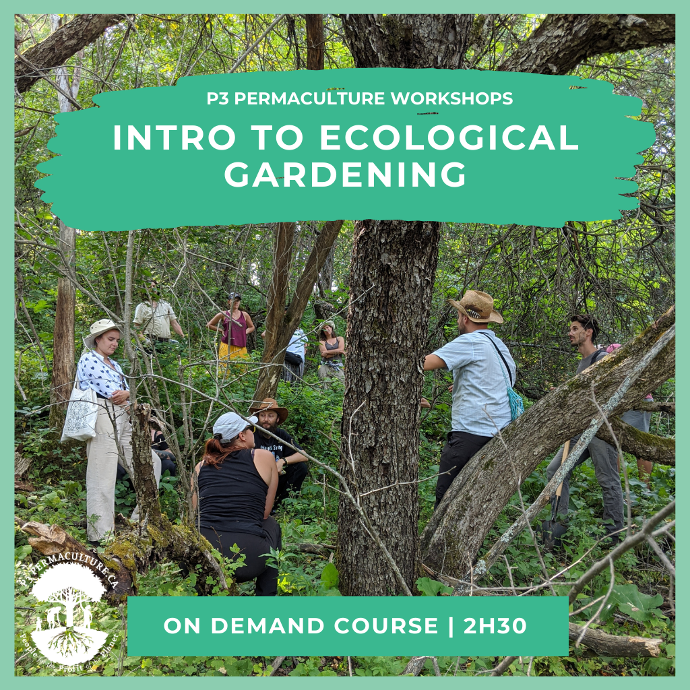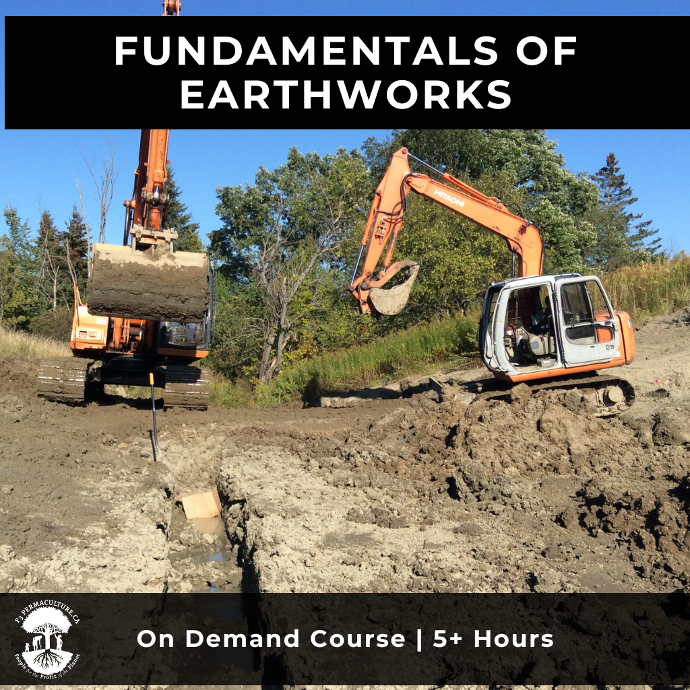Permaculture food forests are a type of agroforestry system that integrates food-producing trees, shrubs, and plants into a forest ecosystem. These systems are designed to mimic the natural structure and function of a forest, with multiple layers of vegetation providing habitat for a variety of species and ecosystem services. Food forests are a regenerative and resilient way to grow food, and they have the potential to provide multiple benefits to both the environment and the people who manage them.
Designing a Food Forest
The design of a permaculture food forest is based on the principles of permaculture, which emphasize the creation of regenerative systems that work with nature rather than against it. The goal is to create a self-sustaining ecosystem that requires minimal input from humans and provides a variety of yields, including food, fuel, fiber, and medicinal plants.
7 Layers of a Food Forest
Permaculture food forests typically have seven layers, each with a different type of vegetation:
Canopy layer - This layer consists of tall trees that provide shade and shelter for the other layers.
Understory layer - This layer consists of smaller trees, shrubs, and vines that grow in the shade of the canopy layer.
Herbaceous layer - This layer consists of perennial and annual plants, including herbs, vegetables, and ground covers.
Ground cover layer - This layer consists of low-growing plants that cover the soil and help to suppress weeds.
Rhizosphere layer - This layer consists of root crops, such as potatoes and sweet potatoes, that grow underground.
Vertical layer - This layer consists of climbers, such as beans and peas, that grow up poles or trellises.
Fungal layer - This layer consists of mycorrhizal fungi that help to break down organic matter and provide nutrients to the other layers.
Permaculture food forests provide a variety of benefits, including:
Biodiversity
Food forests provide habitat for a variety of species, including birds, insects, and other wildlife
Water conservation
Water is conserved by reducing runoff and increasing infiltration.
Soil Health
Food forests help to build healthy soil by incorporating organic matter and reducing erosion.
Carbon Sequestration
Carbon is sequestered in the soil and in the biomass of the vegetation.
Food Security
Food forests provide a sustainable source of food that is resilient to climate change and other environmental challenges.
Community Building
Planting a food forest is an opportunity for community building and education around sustainable agriculture and environmental stewardship.
Want to learn hands-on how to design and plant a food forest?
As one of our favourite permaculture techniques, you'll learn all about designing and planting a food forest in our Summer 2023 Permaculture Design Certificate course in Wakefield, Quebec.
2023 Course Page
Be sure to also check out our upcoming Urban Food Forestry weekend workshop, from May 27-28 in Montreal!







Edible Landscaping with Food Forests